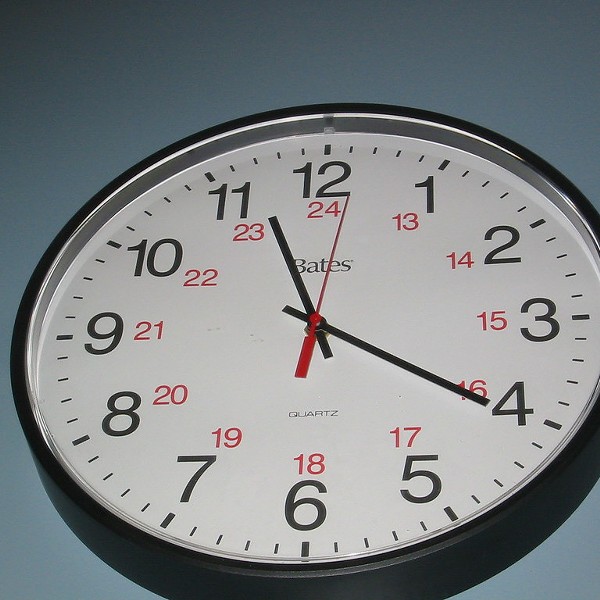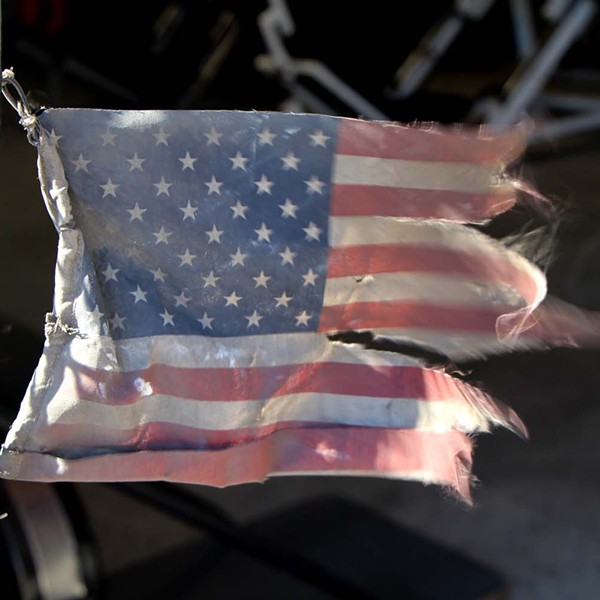Editor's Note: I Feel Pretty
[]
We’ve curated a collection of pretty things for you once again this month. (In some ways, this can’t be helped—life is beautiful here. The region has built a reputation for being long on looks and has attracted aesthetes for at least two centuries, from the Hudson River School to Dia:Beacon to Marina’s Abramovic’s Institute for the Preservation of Performance Art, which is slated to open in Hudson in the next year.) Part of what you’ll see in these pages is insightful; much of it is useful, or what we deem Important; some of it exists solely to delight and entertain, but make no mistake—you are in the presence of beauty. We’re eye candy, and we feel just fizzy and funny and fine about that.
While Chronogram doesn’t pursue an editorial philosophy based solely on aesthetics, we take pride in our appearance, accept compliments to that effect demurely and graciously, and we’re not afraid to be referred to as the coffee table magazine of the Hudson Valley. (Of course, when we doubled in size in 1999, we longer fit on the back of the toilet—much to the chagrin of some of you—so we could no longer be known as the back-of-the-toilet magazine of the Hudson Valley.) It’s clear: People want to be seen with us. We’re like the friend you call when you want someone eminently presentable and interesting to escort you to a party. It’s alarming how charming we are.
Why beauty? I’m reminded of the Lenny Bruce bit about the grandiose nature of houses of worship. In it, Bruce explains why churches were built at such expense and with such opulently appointments centuries ago. For most of the Christian era, of course, the church or cathedral was the tallest, grandest, and most architecturally innovative structure in any town in Christendom. Considering the general squalor in which most people lived, Bruce made the point that poor people already lived in shitty houses; why would the tatterdemalion masses care to go worship a God who lived in a shitty house too? Any self-respecting God would make sure he had a really nice house for his worshippers to hang out in. (And pay for, but that’s a separate issue I’ll let Bruce hash out with God.)
Which is as much to say: No one really knows why we slithered onto the beach hundreds of millions of years ago. Maybe there's a grand plan at work beyond human comprehension, maybe there isn’t. It’s not for us to know. But it seems a shame to have come this far to wallow in ugliness. We're 10,000 years into the grand experiment we call civilization and we still have not transcended basic human problems—insert your favorite of the seven deadly sins here; don’t forget those catastrophes caused by civilization itself like war and all manner of societal injustice—but our capacity to make and appreciate beauty is greater than ever.
Surely this is no fluke. We’ve been beautifying our surroundings for at least 32,000 years, which is how old the artworks are in the Chauvet Cave in southern France. The world’s oldest cave paintings, discovered in 1994—documented with characteristic awe, wit, and artistry by Werner Herzog in his 2010 film Cave of Forgotten Dreams—clearly show artists working at a high level of accomplishment. The animals portrayed seem to leap and jump in the recesses and bulges on the walls of the cave. In flickering light, the figures almost move, as if in crude animation. Picasso was so impressed by the artistry he observed when he visited similar caves at Lascaux in the 1940s, he reportedly said, “They’ve invented everything.”
What was the point of the cave paintings? No one’s sure, of course, but they don’t seem to be ceremonial, or a decorative element for a domestic space. The paintings seem to exist on their own terms, to document a culture as well as to take a stab toward beauty. And that’s really all we’re hoping for at Chronogram, in our small way, as well. In a world that projects endless varieties of ugliness, we’re willing to come down on the side of the gratuitously artful, the thoughtlessly gorgeous. We're not afraid to be pretty. Or witty. Or gay, for that matter.
Department of Corrections
In our profile of Crimson Sparrow in the August issue, “Flight of Fancy,” we incorrectly identified the maker of a (dare I say, beautiful?) trapezoidal wooden table in the restaurant’s private dining room. The table was made by Hudson-based woodworker Rob Williams, whose portfolio can be seen at his website, Grainwoodwork.com.


















